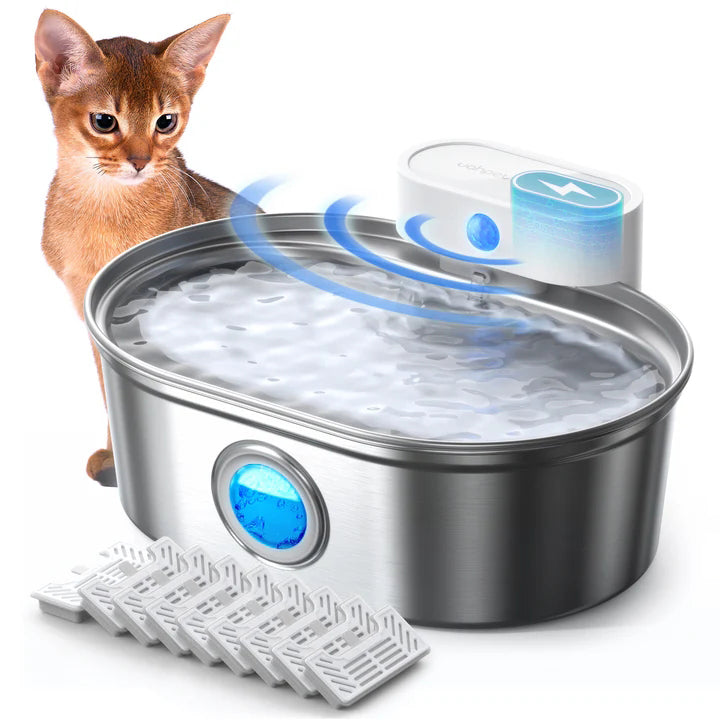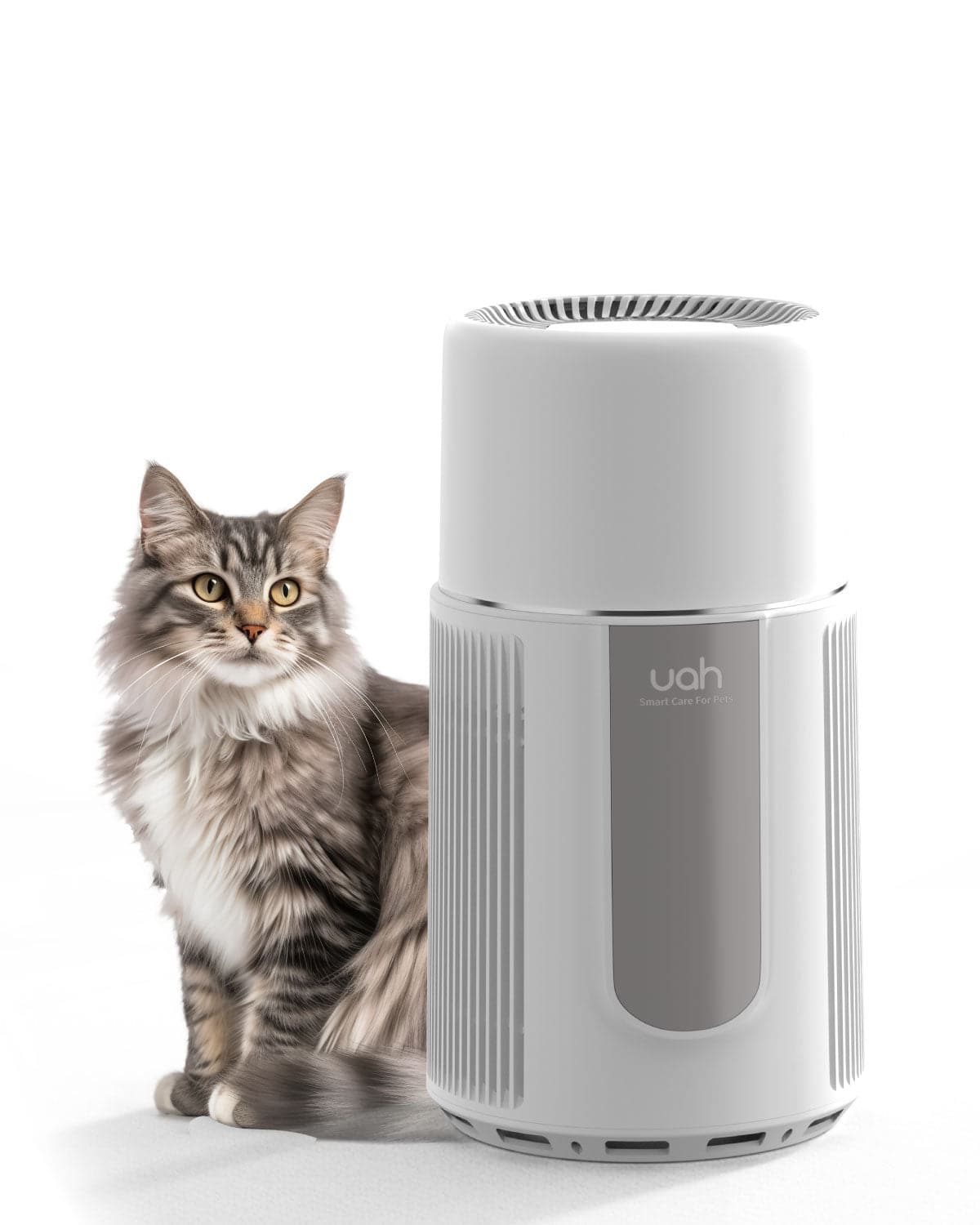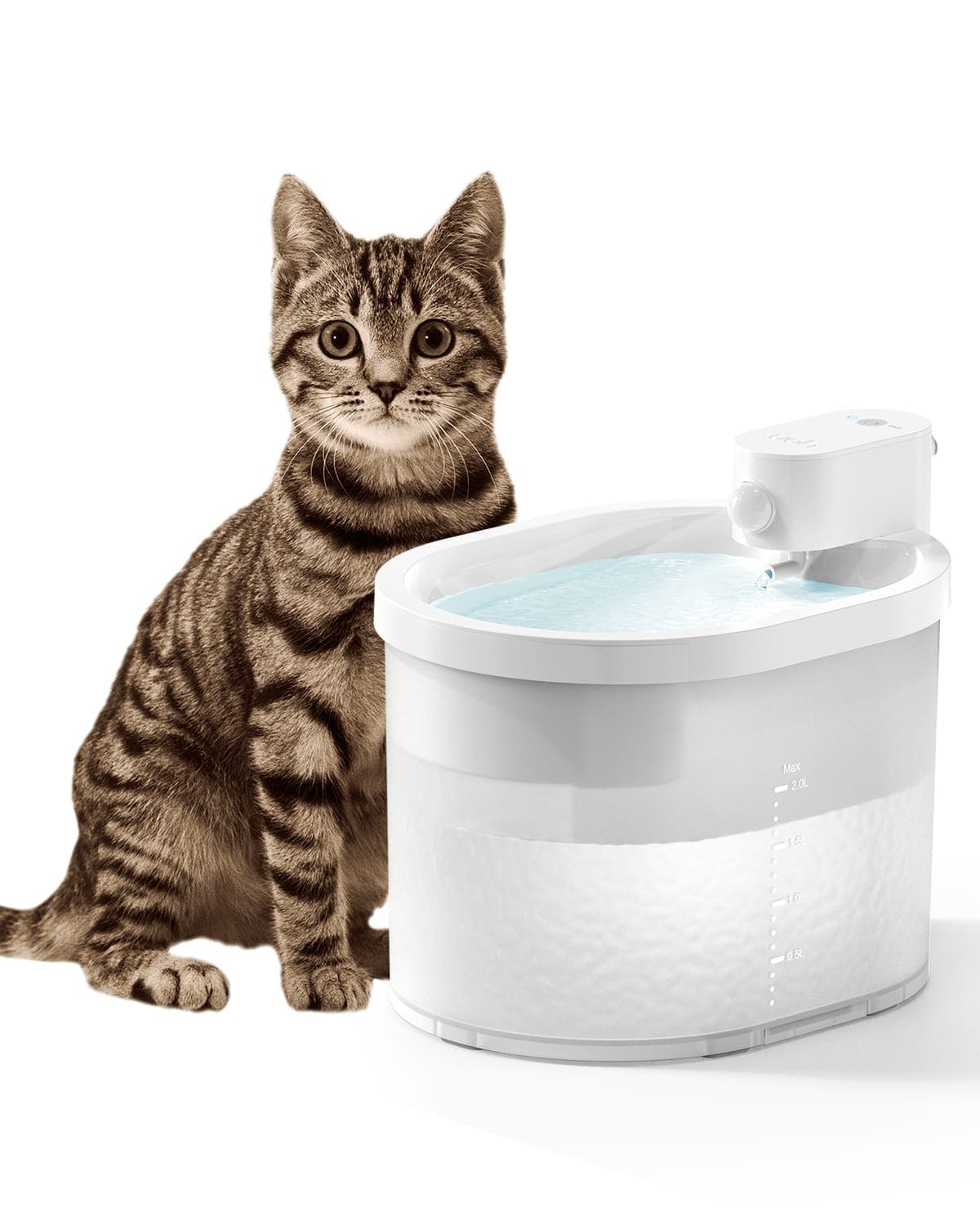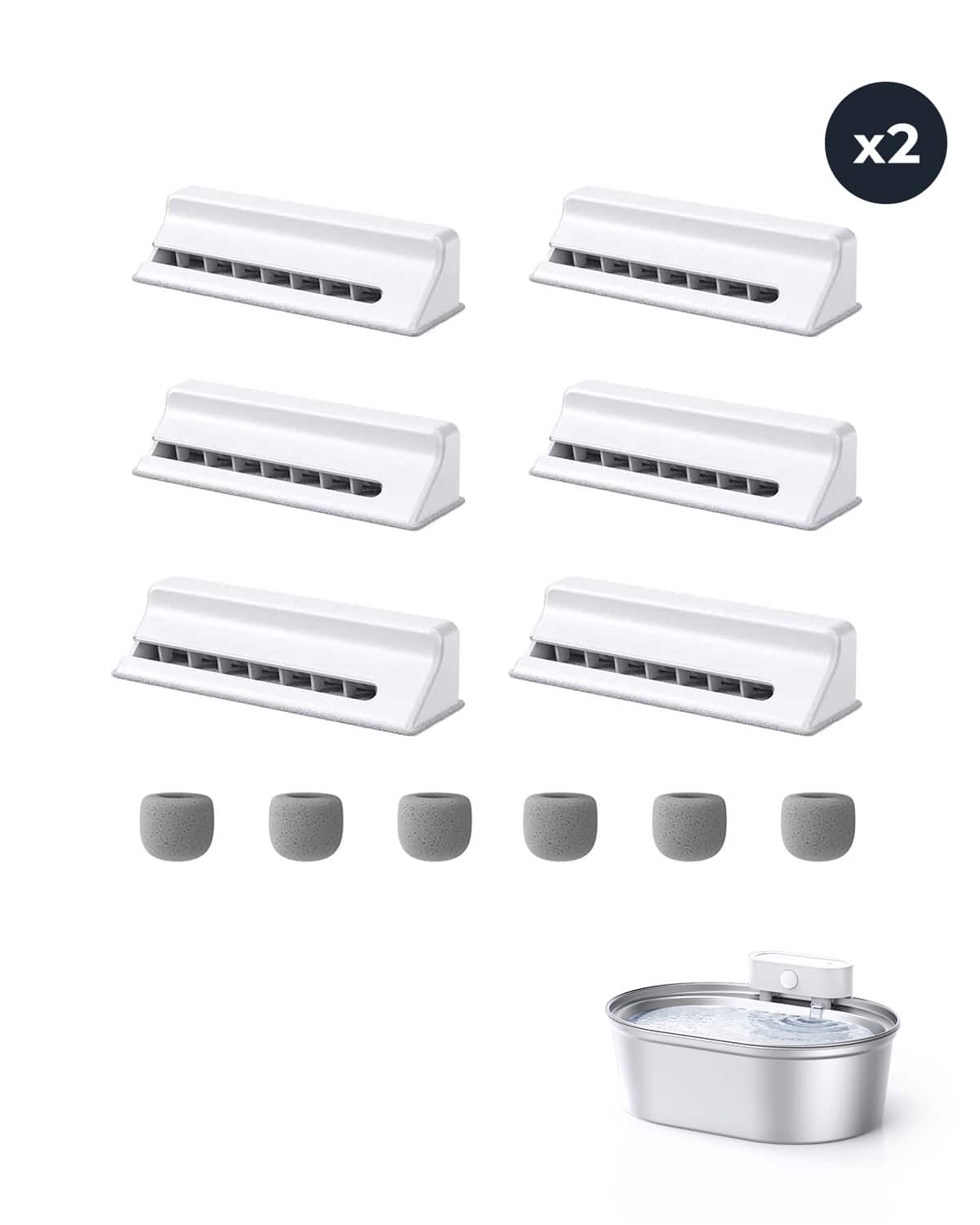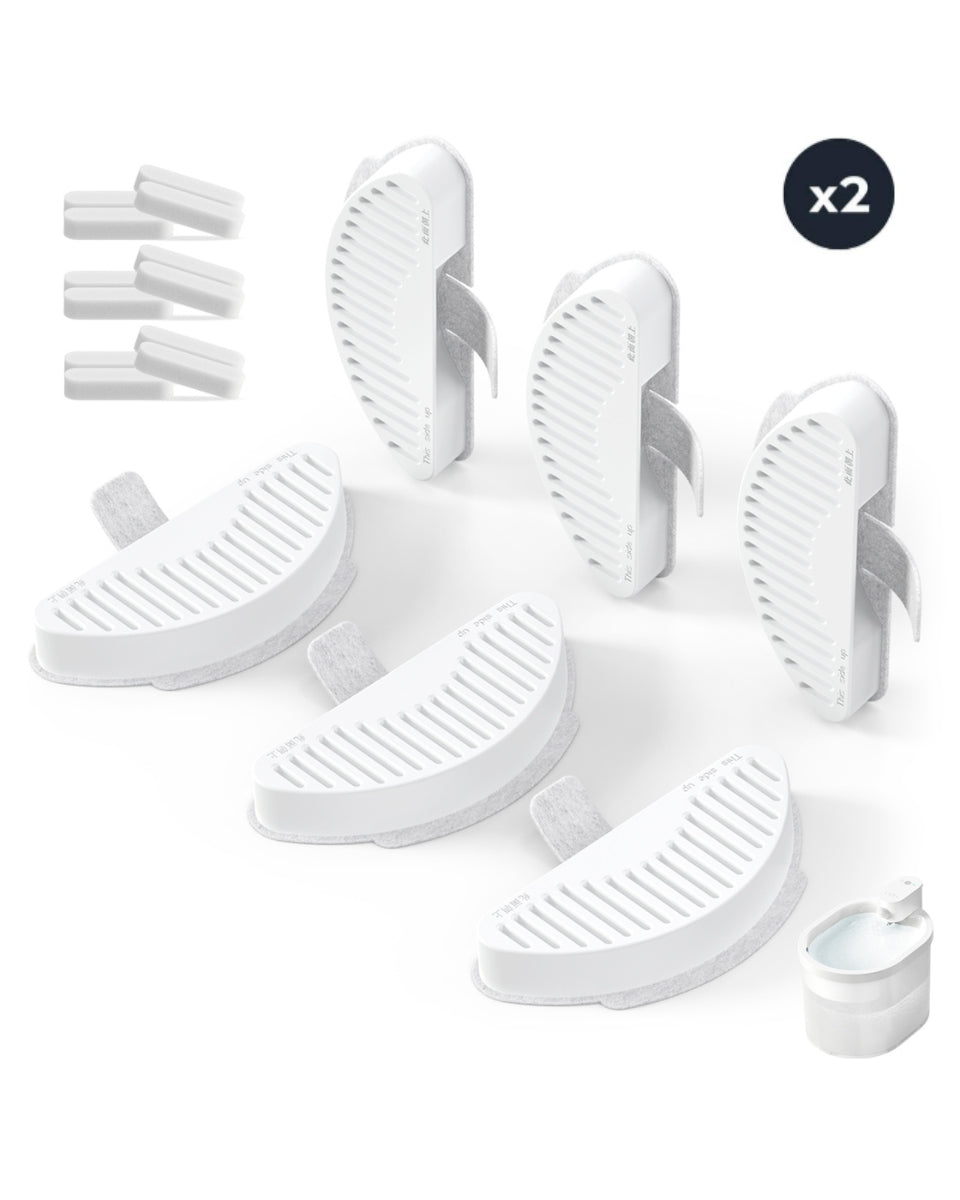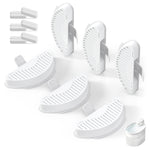For pet lovers, the joy of having a furry companion often comes with an unwelcome side effect: pet allergies. Sneezing, itchy eyes, and congestion can make life uncomfortable, even for the most devoted animal enthusiasts. But can air purifiers help with pet allergies? The answer is a resounding yes. Air purifiers are designed to capture and remove airborne allergens, including pet dander, fur, and pollen, making them a valuable tool for allergy sufferers. In this article, we’ll explore how air purifiers work, their effectiveness in combating pet allergies, and what to look for when choosing one.
Understanding Pet Allergies
Pet allergies are triggered by proteins found in an animal’s skin cells, saliva, and urine. These proteins can become airborne as microscopic particles, known as pet dander, and settle on surfaces throughout your home. When inhaled, they can cause allergic reactions in sensitive individuals. Common symptoms include sneezing, runny nose, itchy eyes, and even asthma attacks. While regular cleaning can help reduce allergens, it’s often not enough to eliminate them entirely. This is where air purifiers come into play.
How Air Purifiers Work
Air purifiers use a combination of filters and technologies to capture and remove airborne particles. The most effective air purifiers for pet allergies typically feature HEPA (High-Efficiency Particulate Air) filters, which can trap particles as small as 0.3 microns with a 99.97% efficiency rate. This includes pet dander, dust mites, and pollen. Some air purifiers also incorporate activated carbon filters to neutralize odors, which can be particularly useful for homes with pets. Additionally, advanced models may use UV-C light or ionizers to kill bacteria and viruses, though these features are less relevant for allergy relief.
The Effectiveness of Air Purifiers for Pet Allergies
Numerous studies have shown that air purifiers can significantly reduce airborne allergens, including pet dander. By continuously filtering the air, these devices help create a cleaner indoor environment, which can alleviate allergy symptoms over time. However, it’s important to note that air purifiers are not a standalone solution. They work best when combined with other allergy management strategies, such as regular vacuuming, washing bedding frequently, and grooming pets regularly. For optimal results, place the air purifier in the room where you spend the most time, such as the bedroom or living room.
Key Features to Look for in an Air Purifier
When choosing an air purifier for pet allergies, there are several key features to consider. First and foremost, look for a model with a true HEPA filter, as this is the gold standard for capturing allergens. Next, consider the Clean Air Delivery Rate (CADR), which measures how quickly the purifier can clean the air in a given space. A higher CADR is ideal for larger rooms or homes with multiple pets. Additionally, check the noise level, especially if you plan to use the purifier in a bedroom or office. Finally, consider the cost and availability of replacement filters, as these will need to be changed regularly to maintain effectiveness.
Tips for Maximizing the Benefits of an Air Purifier
To get the most out of your air purifier, follow these tips. First, keep doors and windows closed while the purifier is running to prevent outdoor allergens from entering. Second, clean or replace filters as recommended by the manufacturer to ensure optimal performance. Third, consider using multiple air purifiers in different rooms if you have a large home or severe allergies. Finally, pair your air purifier with other allergy-friendly practices, such as using hypoallergenic bedding and keeping pets out of certain areas of the house.
Common Misconceptions About Air Purifiers and Pet Allergies
While air purifiers can be highly effective, there are some common misconceptions about their capabilities. For example, some people believe that air purifiers can completely eliminate pet allergies. While they can significantly reduce symptoms, they cannot cure allergies altogether. Another misconception is that all air purifiers are created equal. In reality, the effectiveness of an air purifier depends on its features, such as the type of filter and CADR. Finally, some individuals think that air purifiers require minimal maintenance. However, regular filter changes and cleaning are essential for long-term performance.
Other Strategies for Managing Pet Allergies
In addition to using an air purifier, there are several other strategies you can employ to manage pet allergies. Regular grooming can help reduce the amount of dander and fur your pet sheds. Bathing your pet weekly can also be beneficial, though it’s important to use a gentle shampoo to avoid skin irritation. Vacuuming frequently with a HEPA-filtered vacuum cleaner can help remove allergens from carpets and upholstery. Additionally, using allergen-proof covers on mattresses and pillows can create a barrier against dander. Finally, consider consulting an allergist for personalized advice and treatment options.
The Long-Term Benefits of Using an Air Purifier
Using an air purifier for pet allergies can provide long-term benefits beyond immediate symptom relief. By reducing airborne allergens, air purifiers can help improve overall indoor air quality, which is particularly important for individuals with respiratory conditions like asthma. Over time, this can lead to better sleep, increased productivity, and a higher quality of life. Additionally, air purifiers can help eliminate other common indoor pollutants, such as smoke, mold spores, and volatile organic compounds (VOCs), making them a worthwhile investment for any household.
If you’re tired of battling pet allergies and want to breathe easier, an air purifier could be the solution you’ve been searching for. By capturing and removing airborne allergens, these devices can create a cleaner, healthier indoor environment for you and your furry friend. Remember to choose a model with a true HEPA filter, consider the CADR, and follow maintenance guidelines for optimal results. Combined with other allergy management strategies, an air purifier can help you enjoy the companionship of your pet without the discomfort of allergies. Take the first step toward a more comfortable home today!


